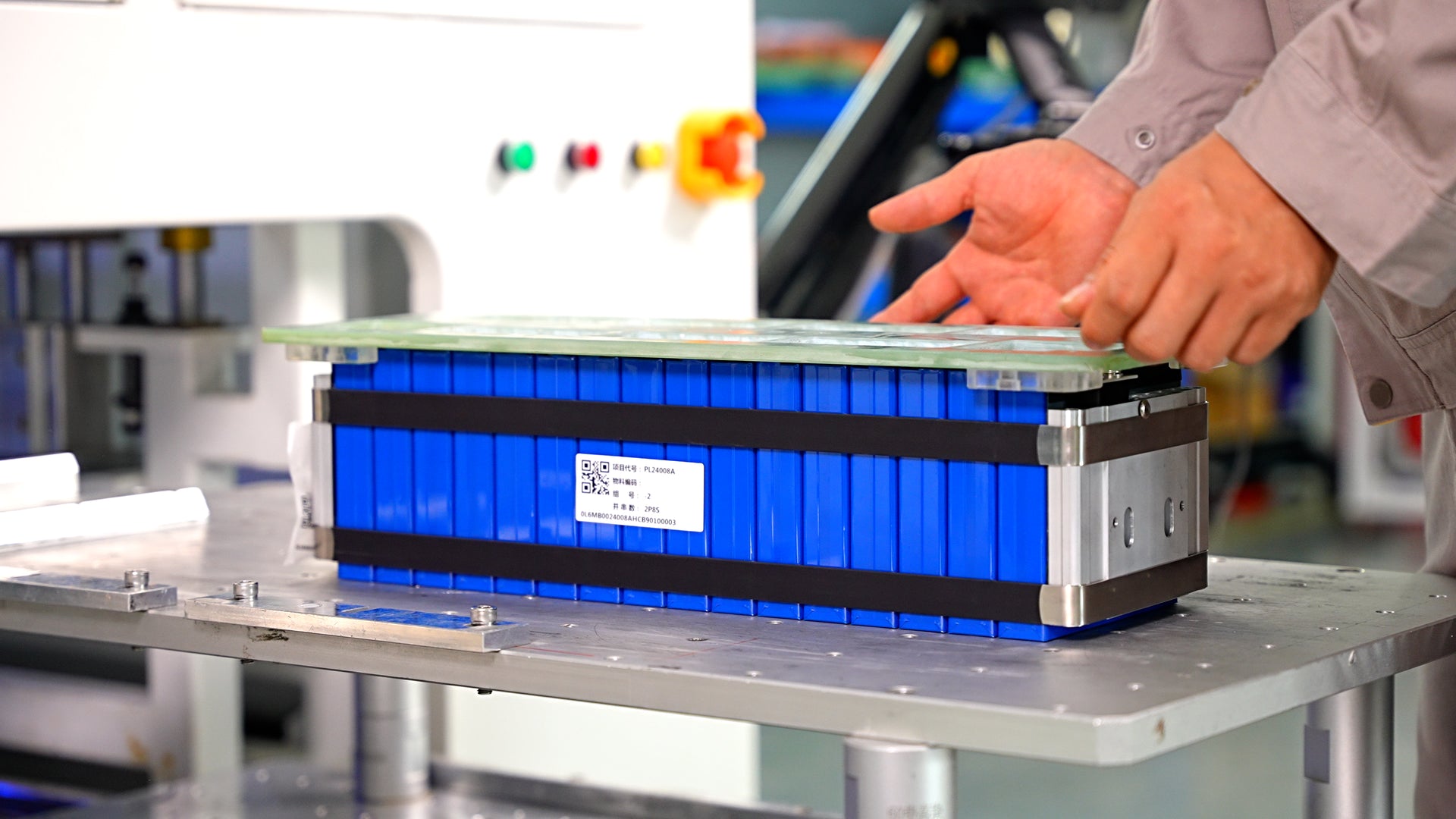
Lithium ion battery advantage and disadvantage
Energy storage battery mainly refers to the battery used for solar power generation equipment, wind power generation equipment and renewable energy storage energy. Batteries are used to store electricity. In terms of application, they are energy storage batteries. Therefore, all batteries are energy storage batteries. Later, to distinguish applications, they were divided into consumer batteries, power batteries and energy storage batteries according to scenarios. Consumer applications are in mobile phones, laptops, digital cameras and other consumer products, power applications are in electric vehicles, and energy storage applications are in energy storage power plants.
Most energy storage devices do not need to be moved, so energy storage batteries have no direct requirements for energy density. As for power density, different energy storage scenarios have different requirements.
For power peak shaving, off-grid photovoltaic energy storage or user-side peak valley price difference energy storage scenarios, energy storage batteries are generally required to be continuously charged or discharged for more than two hours, so it is suitable to use capacity batteries with a charge-discharge ratio ≤ 0.5C; For the energy storage scenario of power frequency modulation or smoothing the fluctuation of renewable energy, the energy storage battery needs to be charged and discharged quickly in the second to the minute level, so it is suitable for the application of ≥ 2C power battery; In some application scenarios that require both frequency modulation and peak shaving, energy batteries are more suitable. Of course, in this scenario, power batteries can also be used together with capacity batteries.
Energy storage batteries have higher requirements for service life. The life of energy storage projects is generally expected to be more than 10 years. The cycle life of the energy storage battery is generally required to be more than 3500 times.
In terms of cost, energy storage batteries need to face the cost competition of traditional peak shaving and frequency modulation technology. In addition, the scale of energy storage power stations is basically above the megawatt level or even 100-megawatt level, so the cost of energy storage batteries is lower than that of power batteries, and the safety requirements are also higher.
Advantages of the lithium-ion battery:
1. The energy density is high, reaching 460-600Wh/kg, about 6-7 times that of lead-acid batteries; The weight of a lithium-ion battery is half of that of nickel-cadmium or nickel-hydrogen battery with the same capacity, and the volume is 20-30% of nickel-cadmium and 35-50% of nickel-hydrogen.
2. The service life is long, and service life can reach more than 6 years. The charging and discharging cycle of an ordinary lithium-ion battery can exceed 800-1000 times, and that of lithium iron phosphate can reach 2000 times.
3. The rated voltage is high (the working voltage of a single unit is 3.7V or 3.2V).
4. It has a high current charging and discharging capacity, and the lithium iron phosphate battery can reach 15-30C charging and discharging capacity.
5. The self-discharge rate is very low, which is one of the most outstanding advantages of the battery. Generally, it can be less than 1%/month, less than 1/20 of the nickel-hydrogen battery;
6. High and low temperature adaptability, can be used in an environment of - 20 ℃ - 60 ℃, after processing, can be used in an environment of - 45 ℃;
7. Green and environment-friendly, no matter production, use, or scrap, it does not contain lead, mercury, cadmium and other toxic and harmful heavy metals and substances.
Disadvantages of lithium ion battery:
1. Poor safety, overcharging or high current discharge may cause an explosion.
2. Lithium-ion batteries are very sensitive to charging voltage, and overcharging will lead to battery scrapping. Therefore, battery management or circuit protection is required to prevent the battery from being overcharged or discharged. The charging and discharging voltage range of lithium-ion battery is 3.0V - 4.2V.
3. The production and recovery requirements are high and the cost is high.
4. Temperature has a great influence on the life and capacity of lithium battery. The life of a lithium battery is related to temperature and charging state. If the operating temperature is too high, the life of the battery will be reduced. Deep charging and high temperature accelerate the decline of battery capacity. Low temperature will reduce battery capacity, and low temperature may cause battery damage. The poor low-temperature performance of lithium batteries has always been a problem affecting the application of lithium batteries.
Undoubtedly, lithium-ion battery is one of the best batteries at present and is widely used in various energy storage places. But lithium-ion battery is also one of the most unsafe batteries, which needs more maintenance and protection.
Through the above analysis, the characteristics of mainstream energy storage batteries are clear. As we all know, energy storage batteries are the main way of electrochemical energy storage, and energy storage battery technology is one of the key technologies restricting the development of the new energy storage industry. If energy storage battery technology can make breakthrough progress, it will be no less than a revolution in the world energy pattern.

